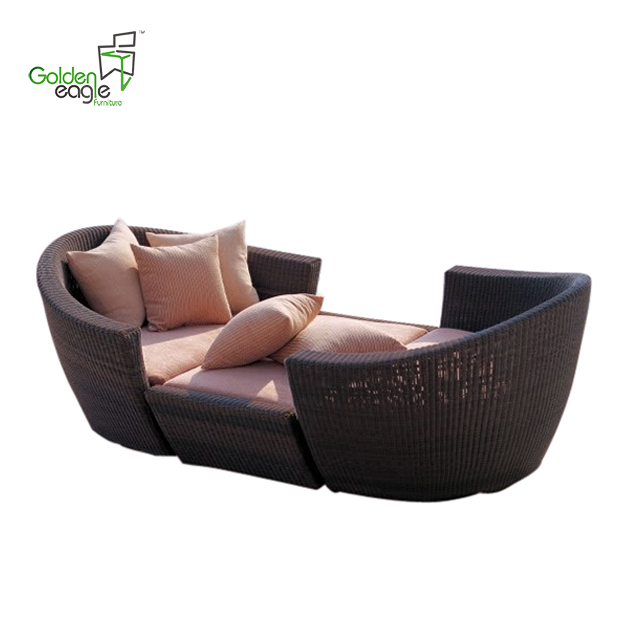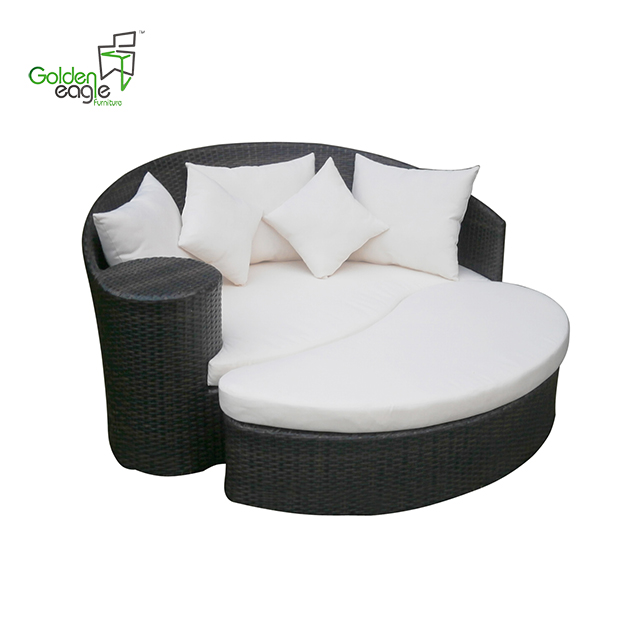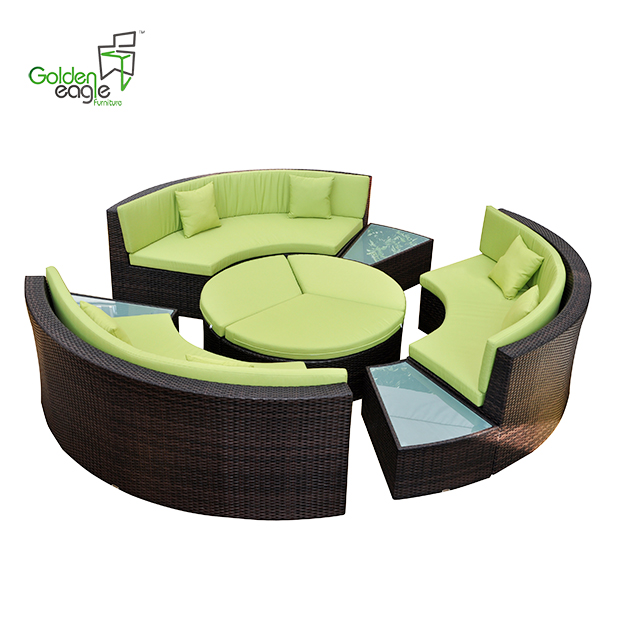I. Introduction
1.1 Textile Printing Market Trends
The current status of global textile printing shows that the traditional textile printing market is facing fierce price competition. Although the Far East region has absorbed a large amount of investment and produced many low-cost printed fabrics with its low labor advantage, the competition for product quality between countries has become increasingly intense. Although the printing technology and equipment of developed countries such as Europe, Japan, and the United States can be rated as world-class, it is an indisputable fact that in the fierce market competition, it is gradually declining. After the Asian financial crisis, with the slow recovery of the global economy, the total output of global textile printing increased by 2.5% from 1999 to 2000, and the fastest in the Far East.
name
1.2 Status Quo of Textile Printing Technology
Since the middle of the 1990s, the output of global flat screen printing has increased from 23% in 1994 to 30% in 1997, up nearly 7 percentage points. This is because the printing production has been transferred to the low-cost Far East region. The second reason is that the average batch production length has been reduced to meet the requirements of the market for textile printing with small batches, varieties, and colors. At present, rotary screen printing is still the mainstream technology, accounting for about 59%. In terms of regional distribution, India, Japan, South Korea, and Thailand in Asia are mainly printed on flat screens, and Europe is Spain, Italy, and Lee. The most important factor for global printers to obtain profit is to use the rapid main type of small batch, multi-category and multi-color printing to provide the market with high-quality printed cloth, which can be changed by the production length of each color in Table 2. See clearly.
Table 2 Change in production length per color position (m)
1.3 printing weaving thin
The statistics of global printed fabrics in 1997 showed that: Cotton fabrics accounted for 53% of the total, followed by C/T fabrics accounted for 18%, viscose fabrics accounted for 9%, while polyamide, polypropylene, wool, silk only accounted for the printing fabrics A very small part. The world's printing fabrics are mainly woven fabrics, but knitted fabrics and non-woven fabrics have developed rapidly. The latter is the fastest, which has increased by nearly 8 times. Table 3 shows its development trend.
Table 3 different fabrics accounted for printing output subdivision table printed fabric
1.4 Printing dyes
For cotton and C/T cloth printing, the most common dyes are coatings, reactive dyes, and vat dyes. Disperse dyes are used only for the direct printing and transfer printing of polyester fabrics. Direct, acidic, reactive dyes are used in the printing of wool, silk, and polyamide fiber fabrics, of which coatings are used worldwide, accounting for 53%, an increase of 7% since 1994. This was mainly due to the increase in the use of cotton fabrics, with activity and dispersion remaining essentially unchanged at 27% and 15%, respectively. Its regional distribution is: North America, Latin America and the Middle East mainly use paint printing, and very few reactive dyes are used. The amount of paint used in Africa and Eastern Europe is relatively small, accounting for only 30%, and the main application is reactive dye printing. Western Europe and Australia have a considerable amount of paint printing, but the quality is supplemented by high-tech means compared to other regions. At the same time, a certain amount of dye printing is used, and the total balance is better.
Ottomans Furniture
Ottomans with rattan hand weaving style and aluminium powder-coated frame, you can sit or put your foot on that and rest yourself competely. Ottomans together with the lounge chair generally, you can relax and enjoy your life.
Even some ottoman have storage function, you can put pillow, books or small items on that.
Handwoven premium resin wicker UV resistant
Rust-resistant powder-coated frames
Cushions included with 30 density sofa foam
Versatile tempered glass tables
Cushions also available with 100% waterproof fabric.
Outdoor ottomans furniture with different style and hand weaving




If you have any questions, please contact with us directly. Outdoor Sofa Furniture are produced
by Golden Eagle Outdoor Furniture With High Quality and Good Appearance. Welcome you can visit our Factory.For any inquiry,Please send mail directly to us.
Ottomans Furniture,Wicker Ottomans Furniture,Ottoman Leather Furniture,Modern Ottomans Furniture
Golden Eagle Outdoor Furniture Co., LTD. , https://www.gegardenfurnitures.com
![<?echo $_SERVER['SERVER_NAME'];?>](/template/twentyseventeen/skin/images/header.jpg)